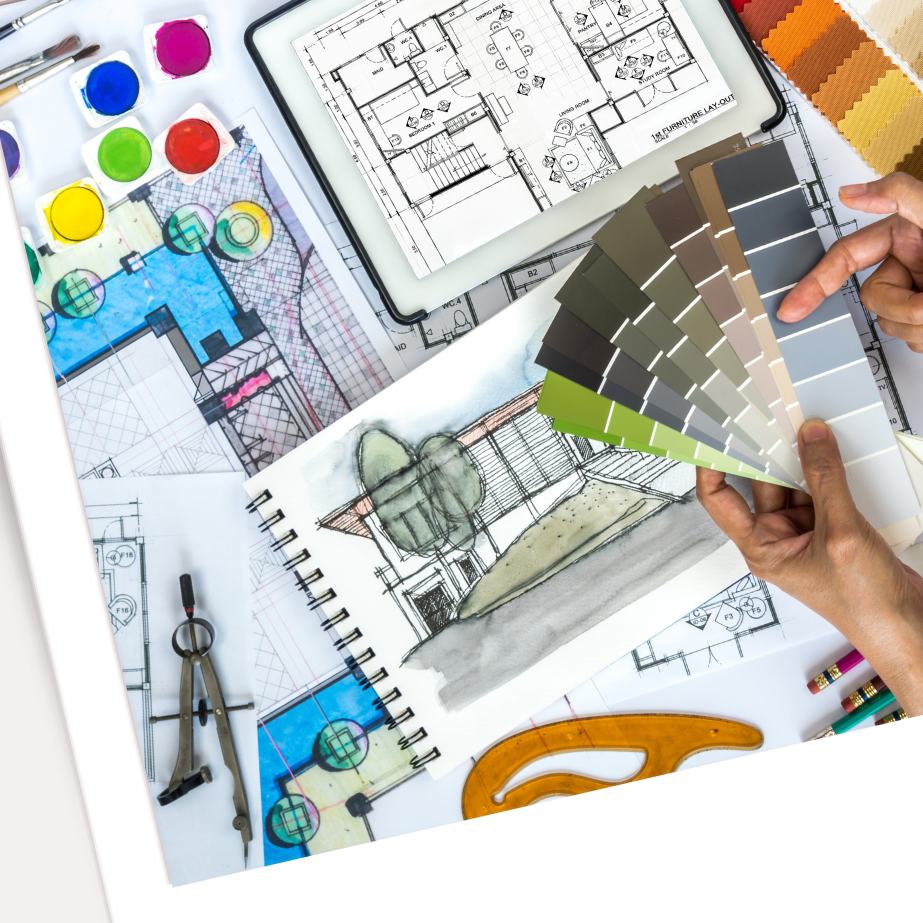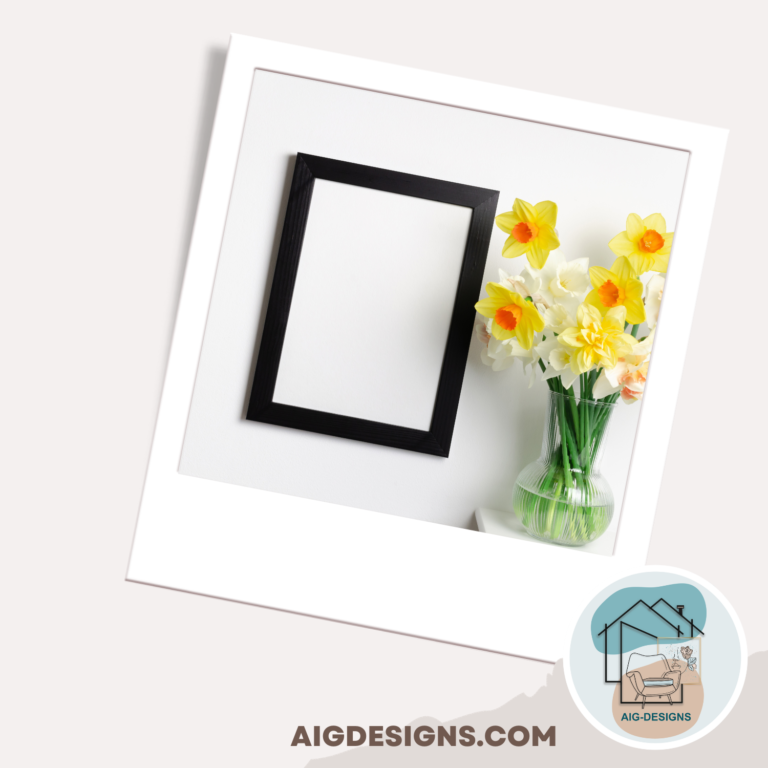
Being an interior designer can be a rewarding and creative career path. It involves creating functional and aesthetically pleasing spaces for clients, whether it’s a home, office, retail store, or any other type of interior environment. Here’s what it’s generally like to be an interior designer:
Creativity and Design: Interior designers get to unleash their creativity by conceptualizing and designing spaces that reflect the client’s personality, needs, and style preferences. They play with colors, textures, furniture, lighting, and accessories to create visually appealing and harmonious interiors.
Client Interaction: A significant portion of an interior designer’s role involves working closely with clients to understand their requirements and preferences. This might involve initial consultations, regular meetings, and presenting design concepts that align with the client’s vision.
Problem Solving: Interior designers often encounter various challenges when trying to balance functionality, aesthetics, and budget. They need to find creative solutions to problems such as limited space, awkward layouts, and specific functional needs.
Research and Trend Analysis: Staying updated with the latest trends in design, materials, and technology is crucial for an interior designer. This involves researching new products, materials, color schemes, and sustainable design practices to provide clients with innovative solutions.
Collaboration: Interior designers often work closely with architects, contractors, suppliers, and other professionals to bring their designs to life. Effective communication and collaboration are essential to ensure that the project runs smoothly and meets the client’s expectations.
Project Management: Managing timelines, budgets, and resources is an integral part of an interior designer’s job. They need to keep track of various elements and ensure that the project progresses as planned.
Spatial Planning: Interior designers need to be skilled in spatial planning, ensuring that the layout maximizes the functionality and flow of the space. They need to consider factors like traffic patterns, furniture placement, and accessibility.
Attention to Detail: The details matter in interior design. From selecting the right materials to coordinating colors and patterns, interior designers need to pay close attention to every element to create a cohesive and polished look.
Versatility: Interior designers work on a wide range of projects, from residential homes to commercial spaces like offices, restaurants, and hotels. This diversity allows them to explore different styles and adapt their skills to various design challenges.
Emotional Satisfaction: Completing a project and seeing a space transform based on your vision can be incredibly rewarding. The satisfaction of making clients happy with a well-designed and functional space is a significant aspect of the job.
Challenges: Like any creative profession, interior design comes with its challenges. These might include managing client expectations, working within budget constraints, and navigating complex design decisions.
Overall, being an interior designer offers a mix of creativity, problem-solving, client interaction, and project management. It’s a dynamic field that allows individuals to turn their passion for design into a fulfilling career.




